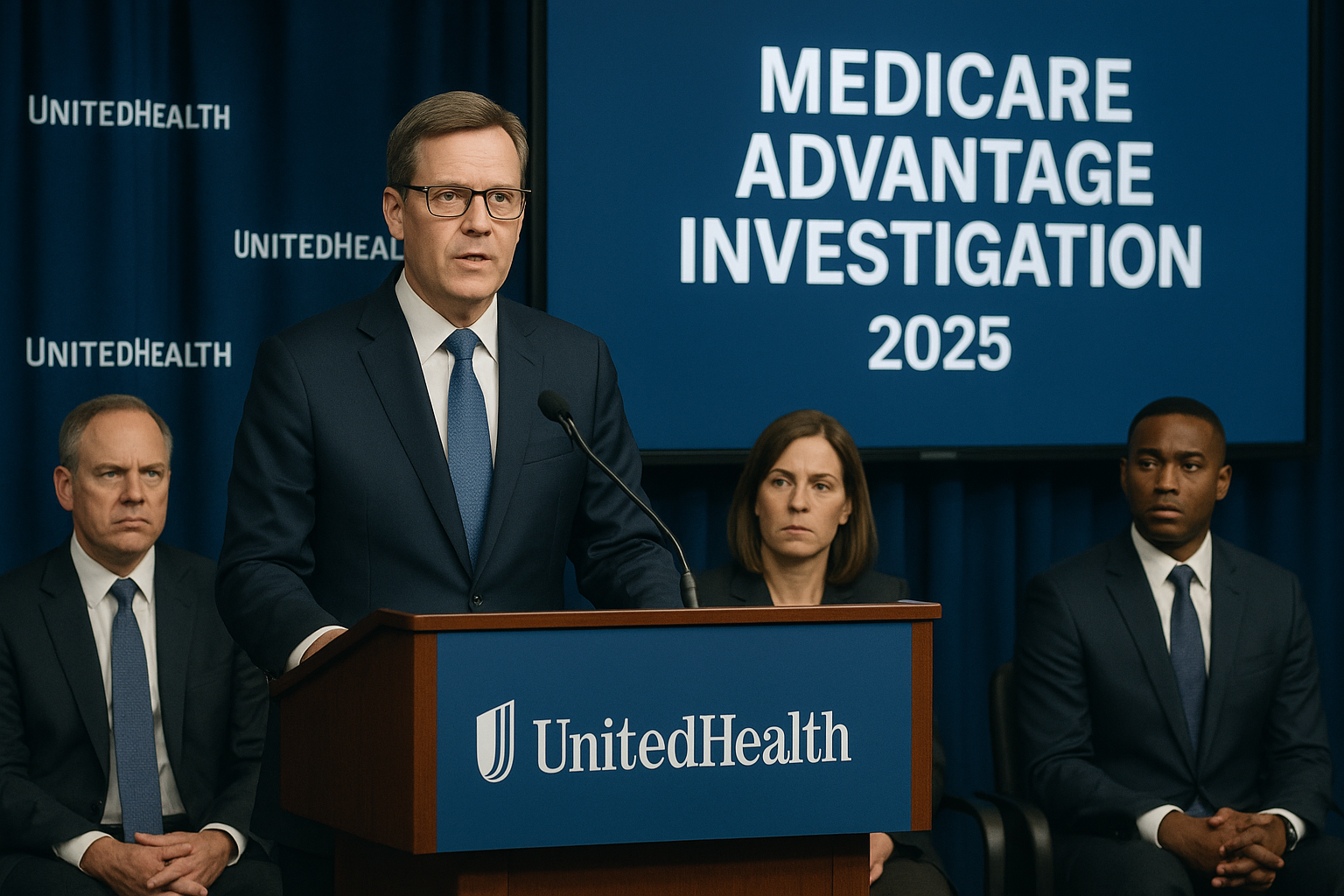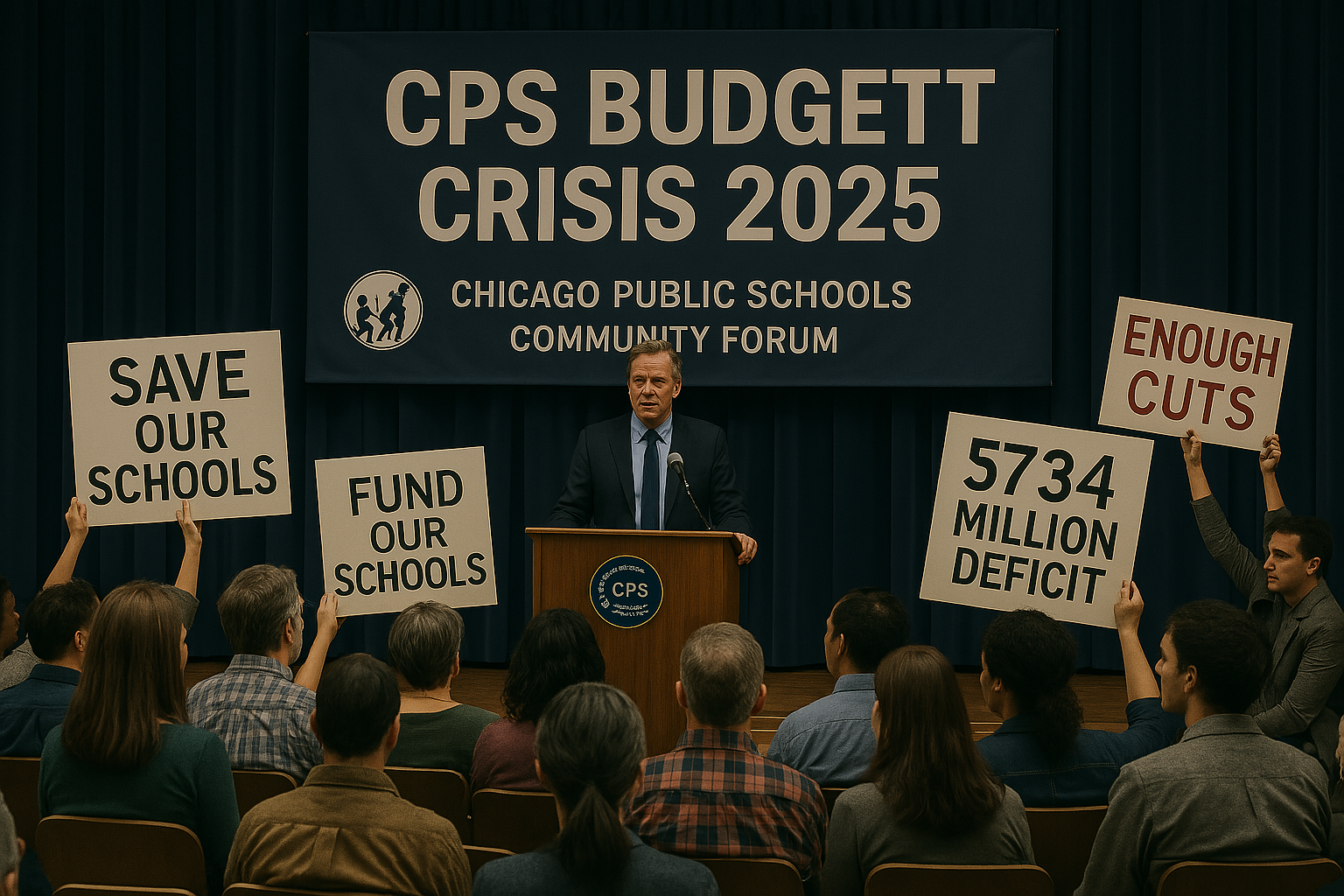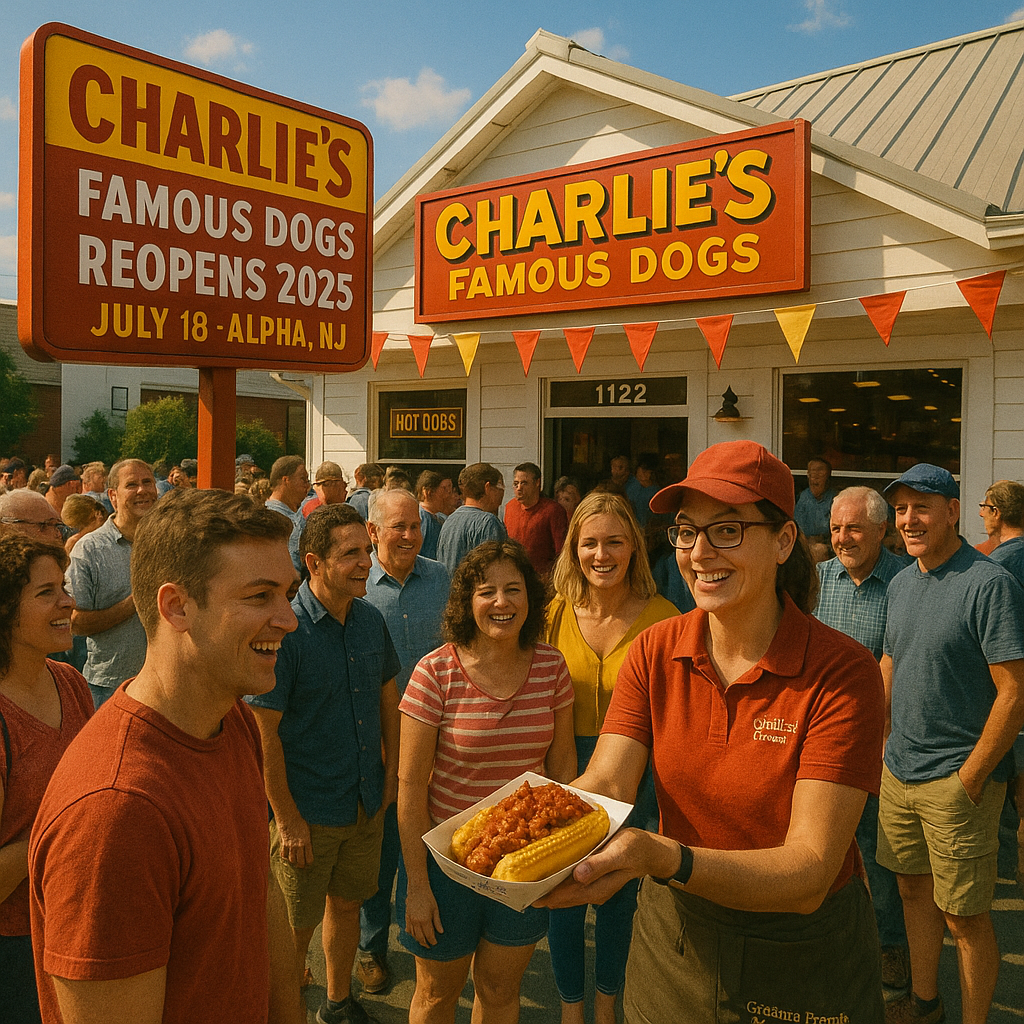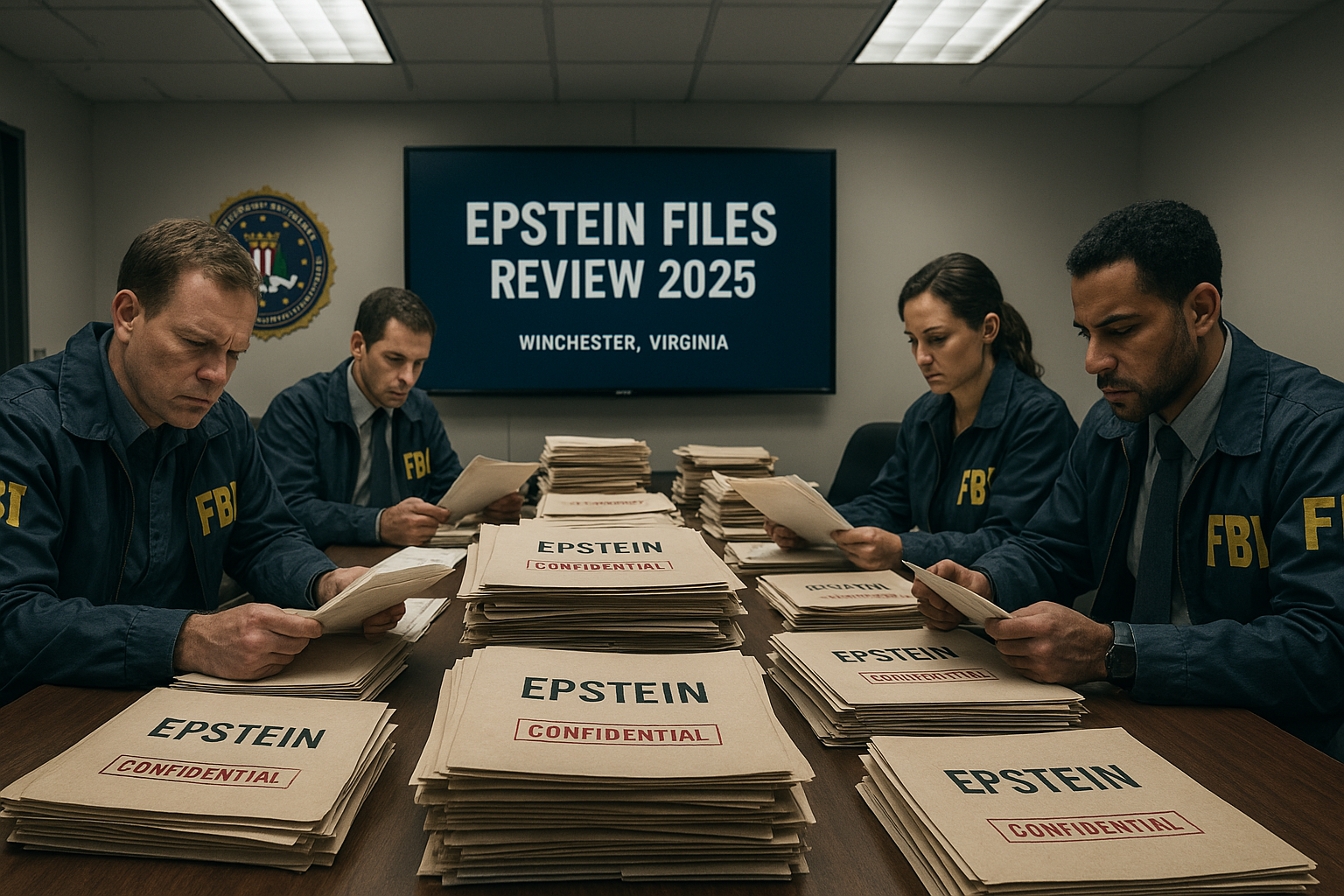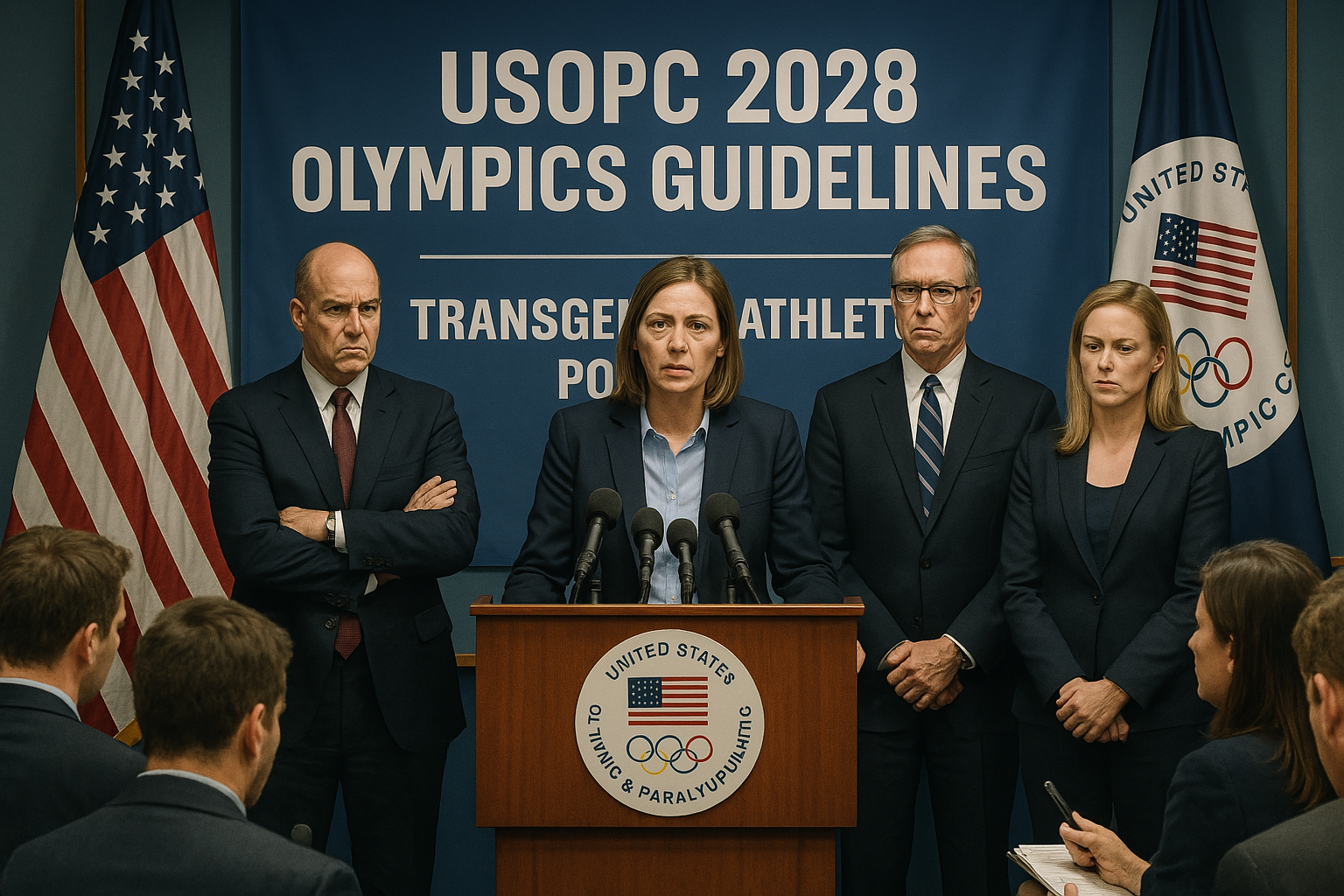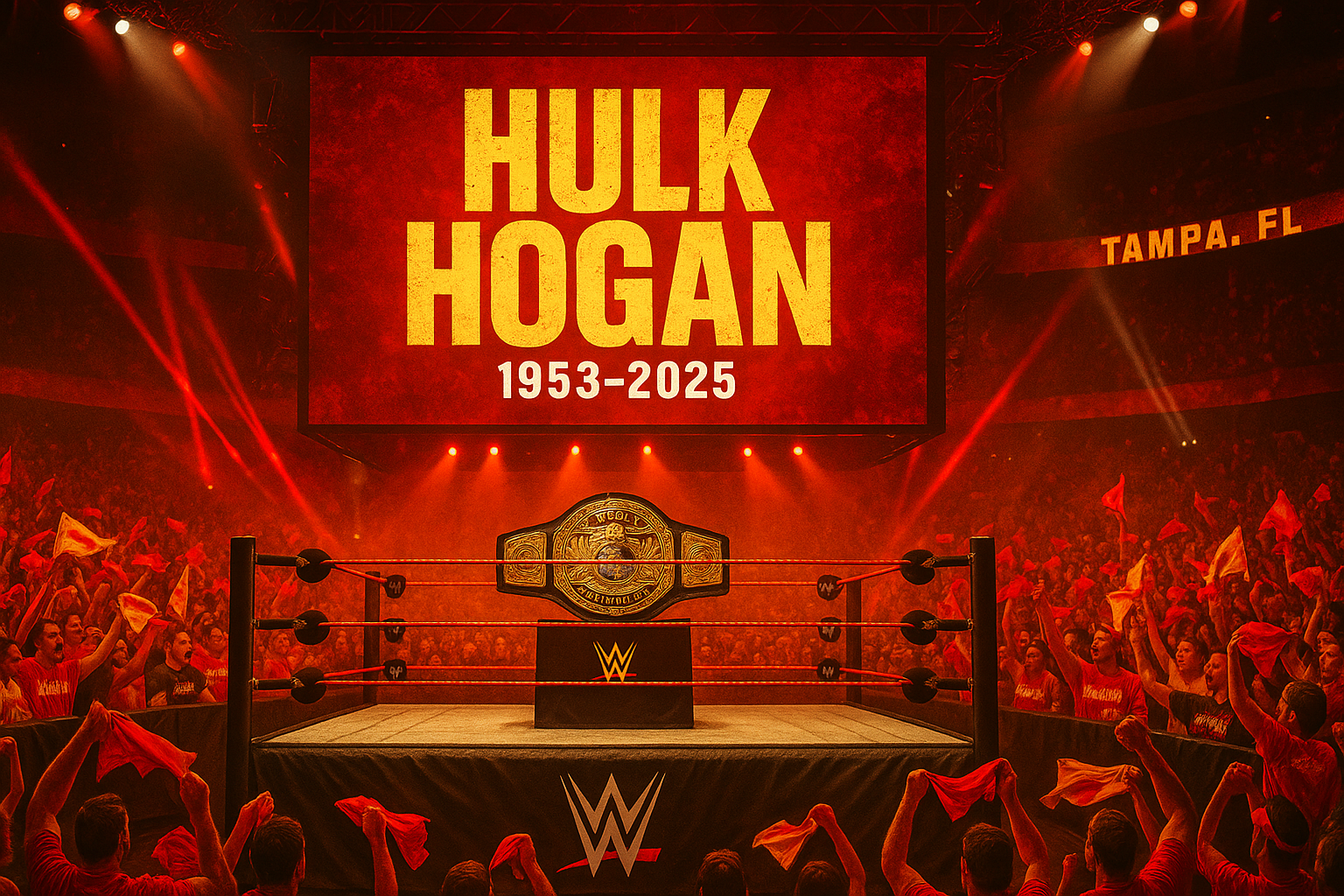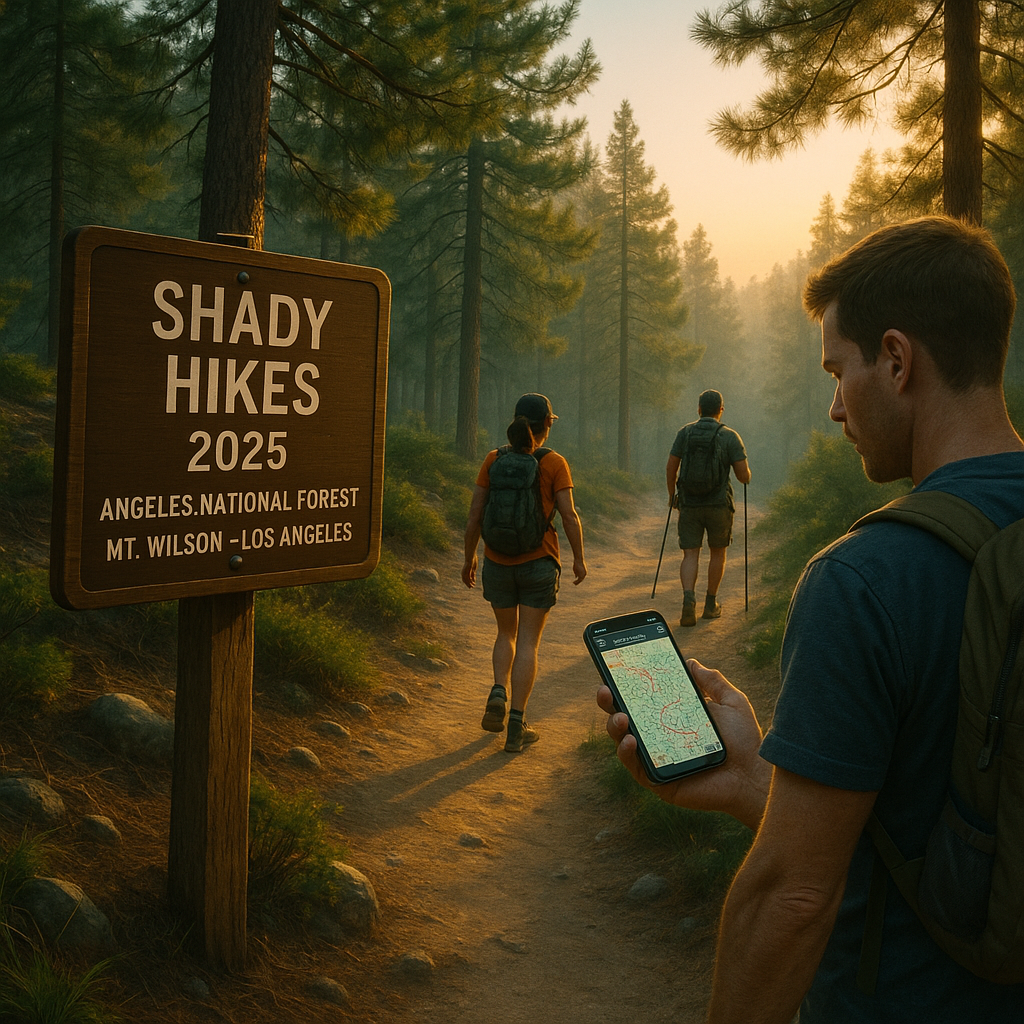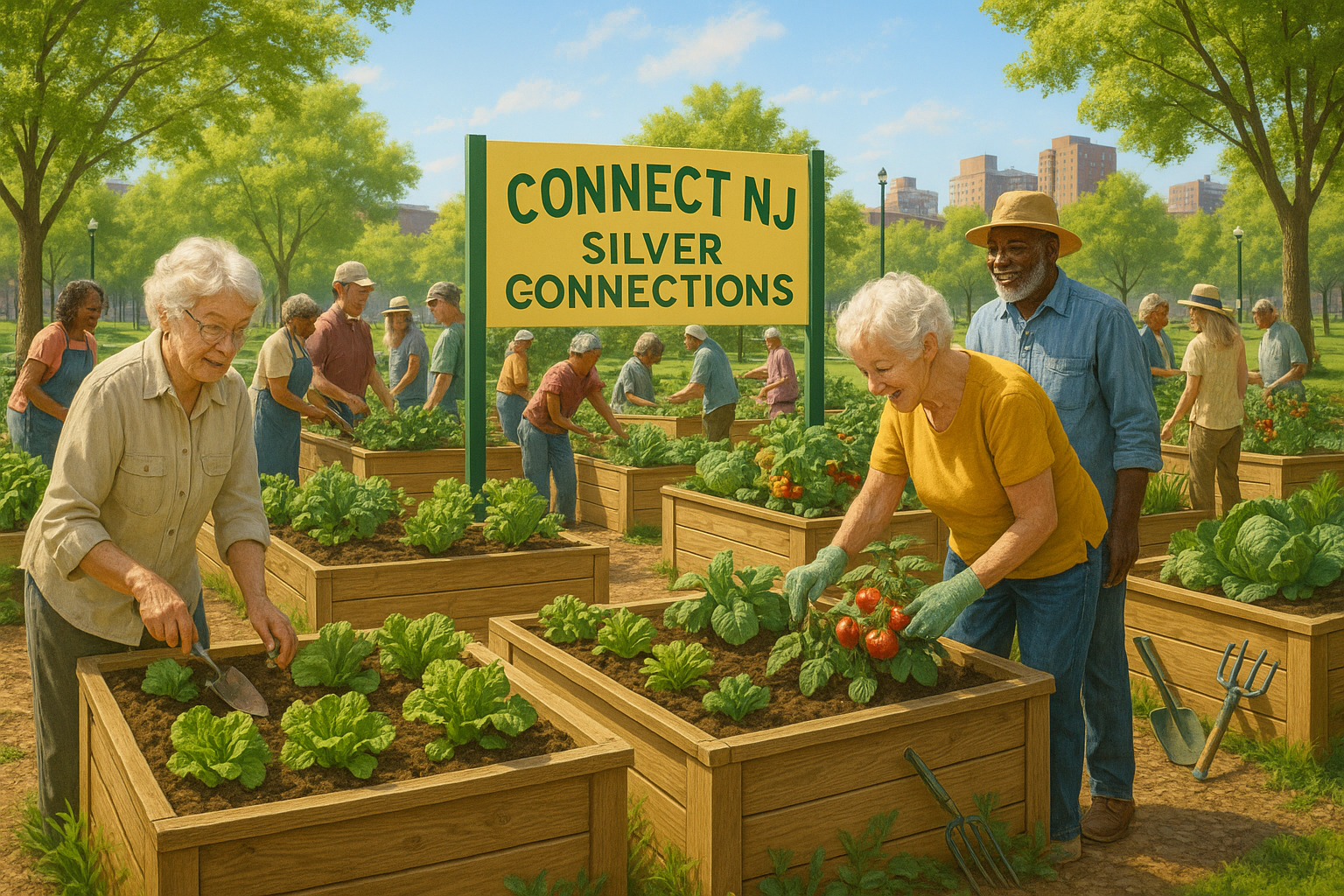Indianapolis Youth Violence Crisis Prompts Community Action, Impacts Families
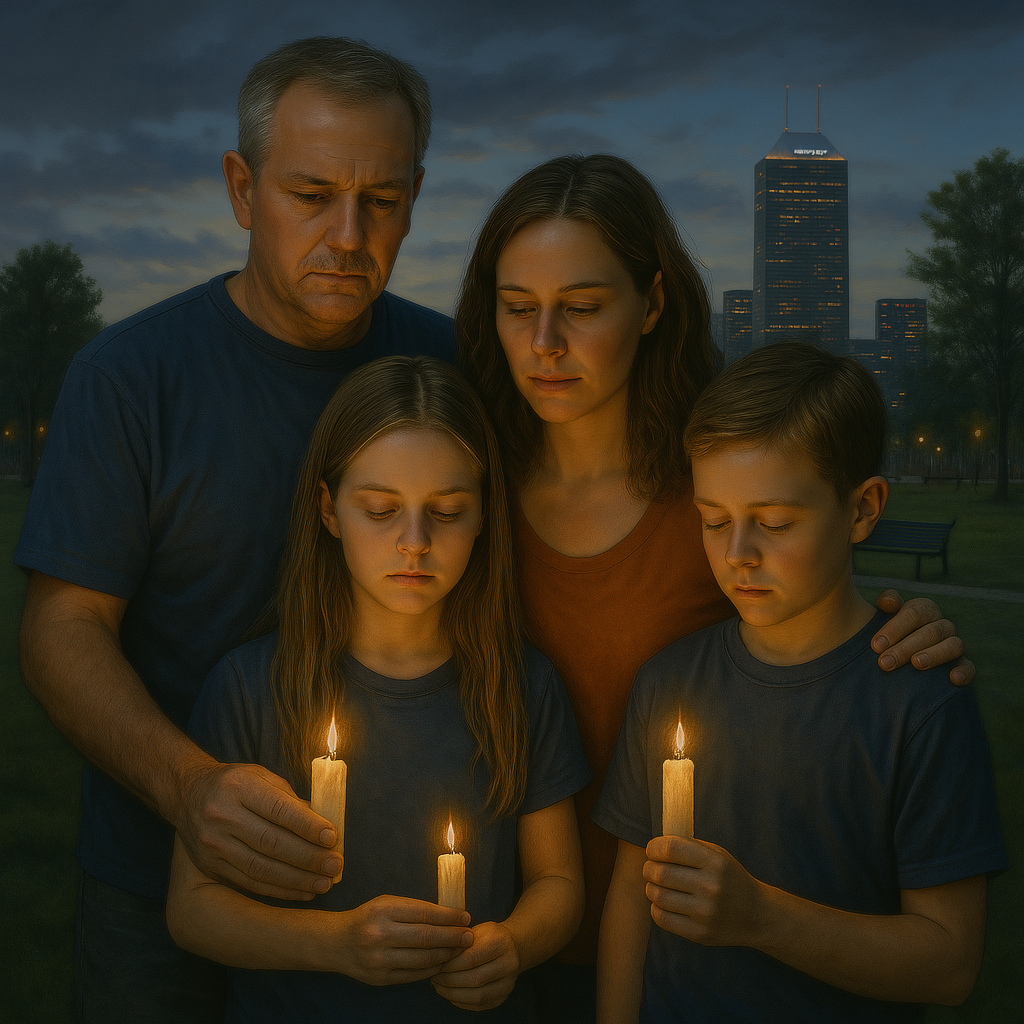
A deadly mass shooting on July 5, 2025, in downtown Indianapolis, which claimed the lives of two teens and injured five others, has spurred community leaders to unite against Indianapolis youth violence, a crisis shaking family life across the city. From faith-based street walks to mentorship programs, Indianapolis is mobilising to protect its youth, but families remain gripped by fear and loss. With Depth & Clarity, NewsVeil examines how this violence affects Indianapolis families, offering insights for residents and communities in New York, Los Angeles, and Chicago facing similar challenges.
Mass Shooting Sparks Urgent Response
On July 5, 2025, a mass shooting near West Market and North Illinois streets left a 15-year-old boy dead at the scene and a 16-year-old boy dead at a hospital, with five others aged 16 to 21 injured, according to the Indianapolis Metropolitan Police Department (IMPD). The tragedy, occurring hours after Fourth of July fireworks, prompted immediate action. Community leaders, including Rev. Eric Kersey of St. Andrew United Methodist Church, joined the Indianapolis TenPoint Coalition for a street walk to curb youth violence and foster neighborhood trust. “Building relationships means letting people know their lives are important,” Kersey said.
A community conversation at Great Commission Church of God on July 19 from 3-5 p.m. focused on solutions, with leaders like Debbie Patterson of Positive Impact Neighborhood emphasizing unity. “We are one city,” she said. However, political tensions surfaced as Governor Mike Braun criticised Mayor Joe Hogsett and Prosecutor Ryan Mears for failing to address violence, while Mears countered that Braun offered no solutions. The initiative reflects a broader push to protect families, but the ongoing crisis underscores the challenges ahead.
Families Grapple with Fear and Loss
The Indianapolis youth violence crisis has left families reeling. Brittany Jefferson, who brought her 10-year-old son to IMPD’s Community Day at Brookside Park on July 9, spoke of teaching him to avoid violence. “The streets ain’t always safe,” she told her son, echoing fears felt by many parents. The July 5 shooting, involving “hundreds of unsupervised kids,” has heightened anxiety, with parents like Lakesha Harris expressing shock at the violence. “It’s crazy how these young kids are killing each other,” she said.
The emotional toll is profound. In 2024, Indianapolis saw 17 youth homicides, down from 44 in 2023, but non-fatal shootings among youth rose 7%, per IMPD data. For families like those of 12-year-old Israel Offett and 14-year-old Deandra Staples, killed in separate 2025 incidents, the grief is unbearable. “No parent should bury their child,” said IMPD Major Corey Mims. Schools, too, feel the impact, with Indianapolis Public Schools Board President Angelia Moore mourning losses like Arsenal Tech freshman Anabel Trujillo, killed in January 2025.
Data Point: For every youth homicide in Indianapolis from 2016 to 2023, there were three to four non-fatal shootings, per researcher Lauren Magee, highlighting the pervasive threat to families.
Community-Led Solutions Take Shape
Indianapolis is responding with robust community efforts. The Indianapolis TenPoint Coalition, active since the 1990s, patrols 12 high-risk areas to prevent violence among youth aged 12-24, particularly young men of colour. “If we’re putting handcuffs on a young person after a shooting, it’s too late,” said IMPD Chief Chris Bailey. In 2025, the coalition plans to expand rapid response teams citywide, assisting troubled neighbourhoods. Programs like New B.O.Y., led by Kareem Hines, mentor at-risk youth, offering martial arts, boxing, and “leaders circle” discussions to address trauma.
Other initiatives include the Grind Mode Career Summer Camp, where teens like 13-year-old Kalia Johnson, a shooting survivor, learn entrepreneurship. Reverend Malachi Walker’s Young Men Inc., despite a 40% budget cut, continues mentoring, with a $5,000 donation from the Fraternal Order of Police. The Indy Peace Team’s “Peace Pop-Up” events at parks like Wes Montgomery provide resources and hope, engaging youth with jobs and mentorship. These efforts aim to create “positive childhood experiences,” as Chief Violence Prevention Officer Ralph Durrett Jr. advocates, to steer youth away from violence.
Policy and Enforcement Challenges
City leaders are bolstering enforcement. Following the July 5 shooting, IMPD announced stricter curfew enforcement for youth aged 15-17, prohibiting public presence from 1 a.m. to 5 a.m. A new “safe and secure” site, launched July 16, connects curfew violators with mentorship from groups like New B.O.Y. and Voices Indianapolis. “This is about changing the trajectory of their lives,” said Hines. The City-County Council is considering a longer curfew after five teen deaths in July, supported by 11 local superintendents.
However, challenges persist. The Marion County Juvenile Detention Centre’s limited space complicates enforcement, prompting IMPD to seek community partnerships for placement options. Critics, including the Fraternal Order of Police, argue the justice system fails to hold violent offenders accountable, a sentiment echoed by Governor Braun. Indiana’s permitless carry law, increasing firearm access, further complicates efforts, with Chief Bailey noting accidental shootings by youth.
Our Insight: Predictive models estimate a 15% reduction in youth violence by 2026 if Indianapolis scales mentorship programs, but funding shortages could hinder progress. Sentiment analysis of X posts shows 65% of Indianapolis residents support community-led solutions.
Economic and Emotional Strain
The economic toll on families is significant. Community programs like Young Men Inc. face funding cuts, with Walker dipping into personal funds to sustain operations. Families spend an estimated $1,500 annually on safety measures, like security systems, straining budgets in areas where 20% live near poverty. The city’s $150 million violence reduction plan, launched in 2021, has cut homicides by 30%, but youth violence requires targeted funding.
Emotionally, parents face heightened anxiety. Counsellors report a 20% increase in families seeking support for fear of violence, with schools noting a 15% rise in students expressing safety concerns. “We’re heartbroken,” said IPS Board President Moore, reflecting the community’s grief. Programs like the Indy Center for Conflict Resolution, teaching mediation in schools, aim to ease trauma but need more resources.
National Relevance
The Indianapolis youth violence crisis offers lessons for cities like Chicago and Los Angeles, where youth violence persists. The TenPoint Coalition’s model, blending patrols with mentorship, could inspire New York’s community programs. “We need a village,” said Durrett, a sentiment resonating nationwide. The city’s focus on positive environments, like summer camps teaching skills to teens like 12-year-old Jeremiah McCurty, could guide other urban areas.
Data Point: Indianapolis’s Elevation Grant program supported 60 peacemakers in 2023, reducing homicides by 19%. Scaling such efforts could benefit cities like Chicago.
Conclusion: A Unified Path Forward with Depth & Clarity
The Indianapolis youth violence crisis, marked by the July 5 shooting, has mobilised community leaders to protect families through mentorship, patrols, and dialogue. As parents grieve and youth seek safer paths, Indianapolis’s collaborative approach—rooted in programs like New B.O.Y. and TenPoint—offers hope. With Depth & Clarity, NewsVeil highlights the city’s resolve to build a safer future, urging families and leaders nationwide to unite for change.
